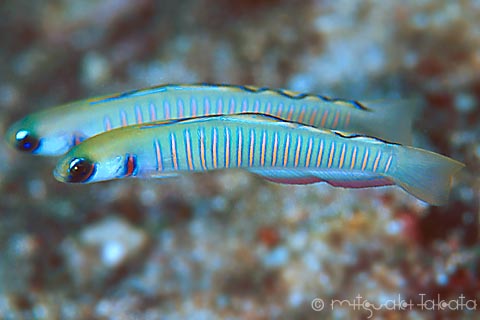Cool manI used a small thin insert one for the deeper dives. Couldn't get a good clip-on one before my trip and couldn't find one in Bangkok. I also haven't done decent post-processing on these yet, which will help a lot. The colour looks great at <10m and in blue water. Most of the above vids were taken in an upwelling spot with tons of phytoplankton, so green tint is not really avoidable.
Will be posting some vids of a different site with 40m viz and blue water and colour even looks pretty good at 30m depth.
I thought you might have used something but it was also hard to see watching it in a low quality.
Thought I would just mention it in case.
Cant wait to see the vids with 40m viz.



